北朝筆記 vol.12 戴潤齋(J.T.Tai)的佛像雕塑:北魏或以後,對比龍門石窟、瓊肯三世 - The Eye of A Legendary Dealer, J.T.Tai Buddha Head Northern Wei or Later, in Comparison with Longmen Grottoes, Stephen Junkunc III.
- SACA
- Aug 18, 2024
- 5 min read
戴潤齋2011年紐約專場「戴潤齋中國瓷器及工藝品拍賣會」拍賣品號 264
成交價:194,500 USD,約合人民幣142萬。
這件作品在2011年的時候的原始圖片顯示,其鼻梁、嘴唇上方疑似有修復。
臉部的弧形眉毛下有一雙狹窄的杏型眼睛,面帶慈祥的微笑,頭髮向上捲起,長而下垂的耳朵上方有一條突出的鬚紋。
仔細觀察,應該連雙眼都做過調整,動機不僅令人好奇。
這件頭像的右耳,也做出了修補,這個似乎是毫無必要的舉動,再為這件頭像的修復動機增加了謎團。
修復後的耳朵顏色不一,造型呆板,令人費解。
The restored ears were of different colours, and the styling was puzzlingly dull.
根據這件作品的背後標籤,the Art of Chen,是一位古董商,雖然展覽現場沒有價格,但古董商的器物應該都是銷售的。若沒有意外,應該是由這位古董商為這尊北魏風格的造像整容,令其更加具有北魏風格。
According to the label on the back of this piece, the Art of Chen, is an antique dealer, and although there are no price tag on this piece, it's reasonable to presume that all pieces are on sale if it's from an antique dealer.
戴潤齋購買的來源是Hisazo Nagatani,一位美國的古董商,本身是大阪出身。這件器物本身來自Nagatani的收藏,隨後被戴潤齋(J.T.Tai)。
高度:14 吋半
來源:Nagatani, 芝加哥,1967 年
the face with narrow and heavy-lidded eyes below arched brows, with a benevolent smile, the hair drawn up, a prominent ushnisha above the long, pendulous ears
Height: 14 ½ inches
Provenance
Nagatani, Chicago, 1967
Informing the Eye of the Collector: Chinese Ceramics and Works of Art from J.T. Tai & Co. / Lot 264
這件器物日前在蘇富比新設的展覽空間展出,作品上的標籤依然可以看到戴潤齋的手跡。器物本身沒有精打磨,相信是早年在佛窟寺中取下。從石質上判斷,應該是中原河南一帶,不排除是龍門石窟或其周邊。
日本古董商London Gallery,田島充早年也經手過一件十分巨大的龍門石窟佛首,來自蓮花洞主佛右側的菩薩,早年有明確圖片記載。
這件作品隨後由香港古董商買下後借展明尼阿波利斯博物館,這件尺寸大約1米的菩薩首,展覽結束後已經運回香港,據傳已轉售香港的北京藏家。
二弟子是淺浮雕,左側弟子迦葉深目高鼻,胸部筋骨突兀,手持錫杖,似一西域苦行僧,可惜其頭部早年被盜,現存法國吉美博物館。
The object was recently exhibited in Sotheby's new exhibition space, and J.T.Tai's handwriting can still be seen on the label on the piece. The object itself is not polished, and is believed to have been taken from a Buddhist cave temple in the early years of its life. Judging from the quality of the stone, it is likely to be from the central plains of Henan province, and we cannot rule out the possibility that it is from Longmen Grottoes or its surroundings.
Japanese antique dealer London Gallery also handled a very large Longmen Grottoes Buddha head, from the Lotus Cave, from the Bodhisattva on the right side of the main Buddha, there was a clear photo taken by Japanese photographer during early visit to the grottos. This piece of work was then bought by Hong Kong antique dealers on loan to the Minneapolis Museum of Art, the size of the Buddha's head of about 1 metre, it is believed that this bodhisattva head was then sold to a buyer from Beijing.
The second disciple is carved in shallow relief. The disciple on the left, Gaya, has deep eyes and a high nose, with protruding tendons and bones in his chest, and is holding a tin staff, resembling an ascetic monk of the Western region; unfortunately, his head was stolen at an early age, and is now stored in the Musée Guimet in France.
蘇富比曾拍賣龍門的佛首,隨後被報導是來自龍門石窟後撤拍。以下是相關報導。
Buddhist sculpture is a highly sought after category in Asia Week in New York as auction houses pulled off great performance in the sales of ancient Buddhist sculpture. Yet, selling Buddhist sculpture can be a sensitive matter that needs to be dealt with great caution. Sotheby’s has recently removed a head of Buddha on suspicion of being stolen from Longmen Grottoes, a UNESCO World Heritage site in Central’s China Henan province.
The head of Buddha from the Tang Dynasty was originally offered at Sotheby’s Junkunc: Chinese Buddhist Sculpture in New York on 12 September. It was estimated at US$2m-3m, carrying the highest estimate among all 18 lots featured at the sale.
An antique dealer in China first noticed the Buddha head resembles the Buddhist statue in an image that was taken in ‘Jinan cave’ of Longmen Grottoes. The photo was captured by Japanese scholars Tokiwa Daijo and Sekino Tadashi during their expedition to China in the 1920s. According to a cultural relic enthusiast who is familiar with the Longmen Grottoes, it should be the cave 1720, instead of the ‘Jinan cave’, that is shown in the image.
The Buddhist head alone is 70cm tall
Image of the present cave 1720
1. The arrangement and number of the curls of hair above the head are the same.
2. The white dot on the tip of the nose
3. The black line on the brow
4. The area around the lower lip is curved inward
5. The fragment of Sotheby’s Buddha head matches the body in the cave 1720
A number of resemblances suggest this head of Buddha could be a lost relic from the Longmen Grottoes. It drew Sotheby’s attention to the issue and here is the statement from the auction house.
The official statement from Sotheby’s
Sotheby’s statement: ‘Only after the publication of our auction catalogue, our attention was drawn to an image of a sculpture very similar to the present work published by a Japanese photographer who documented the Longmen Caves of China in the 1920s and 30s. We and the Junkunc Family decided that the sculpture would not be included in the 12 September 2018 sale, to provide more time to review all available options.’
Stephen Junkunc III
Stephen Junkunc, III (d.1978), was born in Budapest, Hungary. He then emigrated to Chicago as a young child. His father founded General Machinery & Manufacturing Company there in 1918. Stephen Junkunc III, the manager and part owner of the company, spent his free time forming an extraordinary collection of Chinese art.
The catalogue image of the Buddha head statue when it was auctioned in 1955
Stephen Junkunc III then became an important collector in Chinese art. He purchased many great porcelain examples from leading London dealers like Bluett & Sons, W. Dickinson & Sons, John Sparks. Junkunc once owned two pieces of rare ru ware, along with over 2,000 examples of Chinese porcelain, jade, bronzes, paintings and Buddhist sculptures.
It seems like Junkunc III was particularly fond of Buddhist sculpture of Longmen Caves. From a letter that he wrote to art dealer John Sparks, he once asked about a limestone relief fragment from the Longmen Caves showing a luohan holding a lotus blossom (image above). However, Junkunc III never managed to get this fragment. It was sold at auction to Chicago-based collectors and was later sold by Eskenazi in London. The fragment is today in the collection of Cultural Relics Bureau in Beijing.






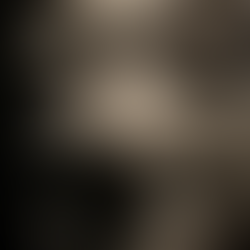

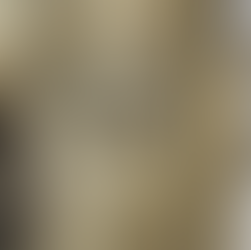

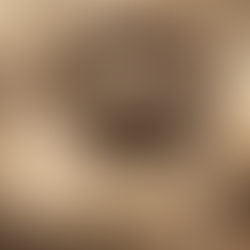

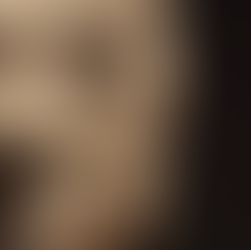






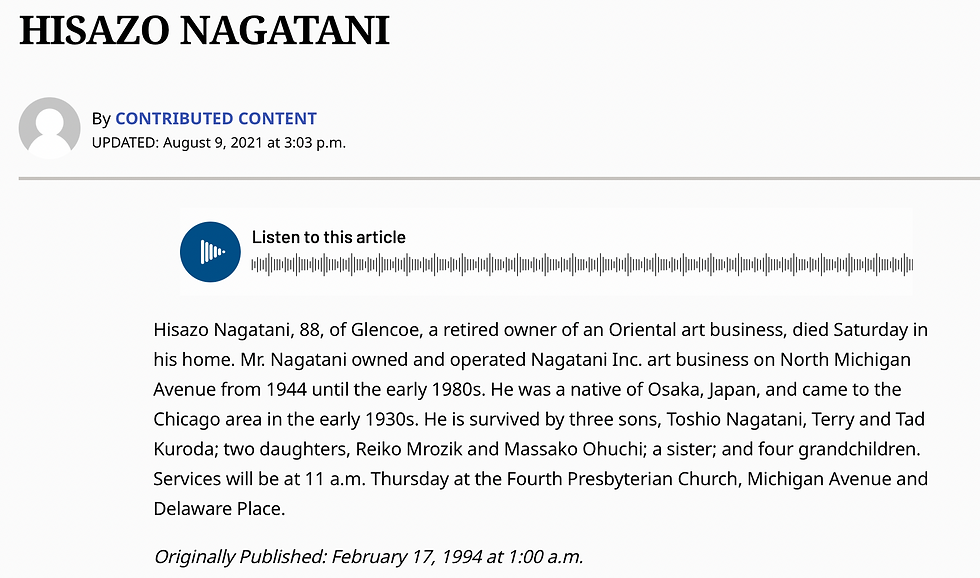






















Comentarios